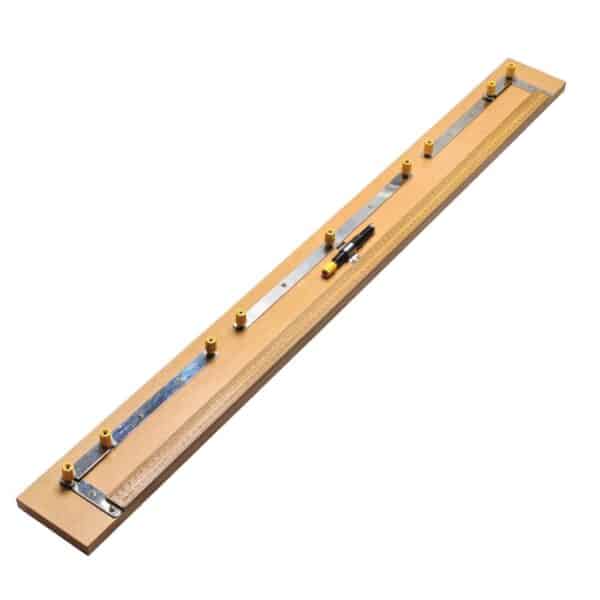-
Pick up from the Samtech Store in Ambala
To pick up today
Free
-
Courier delivery
Our courier will deliver to the specified address
4-5 Days
200+
This Slide wire Wheatstone Bridge Apparatus consists of a resistance wire with a sliding contact and a strip of aluminum to provide two “arms” of the bridge for known and unknown resistances. This apparatus also allows students to visualize how the resistance of a conductor varies with its length, diameter and material for an informative lab experiment.
₹950 (Exc. GST)
To pick up today
Free
Our courier will deliver to the specified address
4-5 Days
200+
A Wheatstone bridge is an electrical circuit used to measure the resistance of an unknown resistor. It consists of four resistors arranged in a bridge configuration. Two of the resistors are known resistors, and the other two are the unknown resistor and a variable resistor. A galvanometer is connected between the midpoints of the two outer resistors.
When the bridge is balanced, the current flowing through the galvanometer is zero. This occurs when the ratio of the two known resistors is equal to the ratio of the unknown resistor to the variable resistor.
The equation for a balanced Wheatstone bridge is:
R1/R2 = X/S
where:
To use a Wheatstone bridge to measure the resistance of an unknown resistor, the following steps are performed:
Experiment – To find resistance of a given wire using a meter bridge and hence determine the resistivity (specific resistance) of its material.
| Brand | JAYSEE |
|---|
In stock
No account yet?
Create an Account
SAMTECH INSTRUMENTS
Typically replies within minutes
Any questions related to Wheatstone Bridge Apparatus?
🟢 Online | Privacy policy
WhatsApp us

